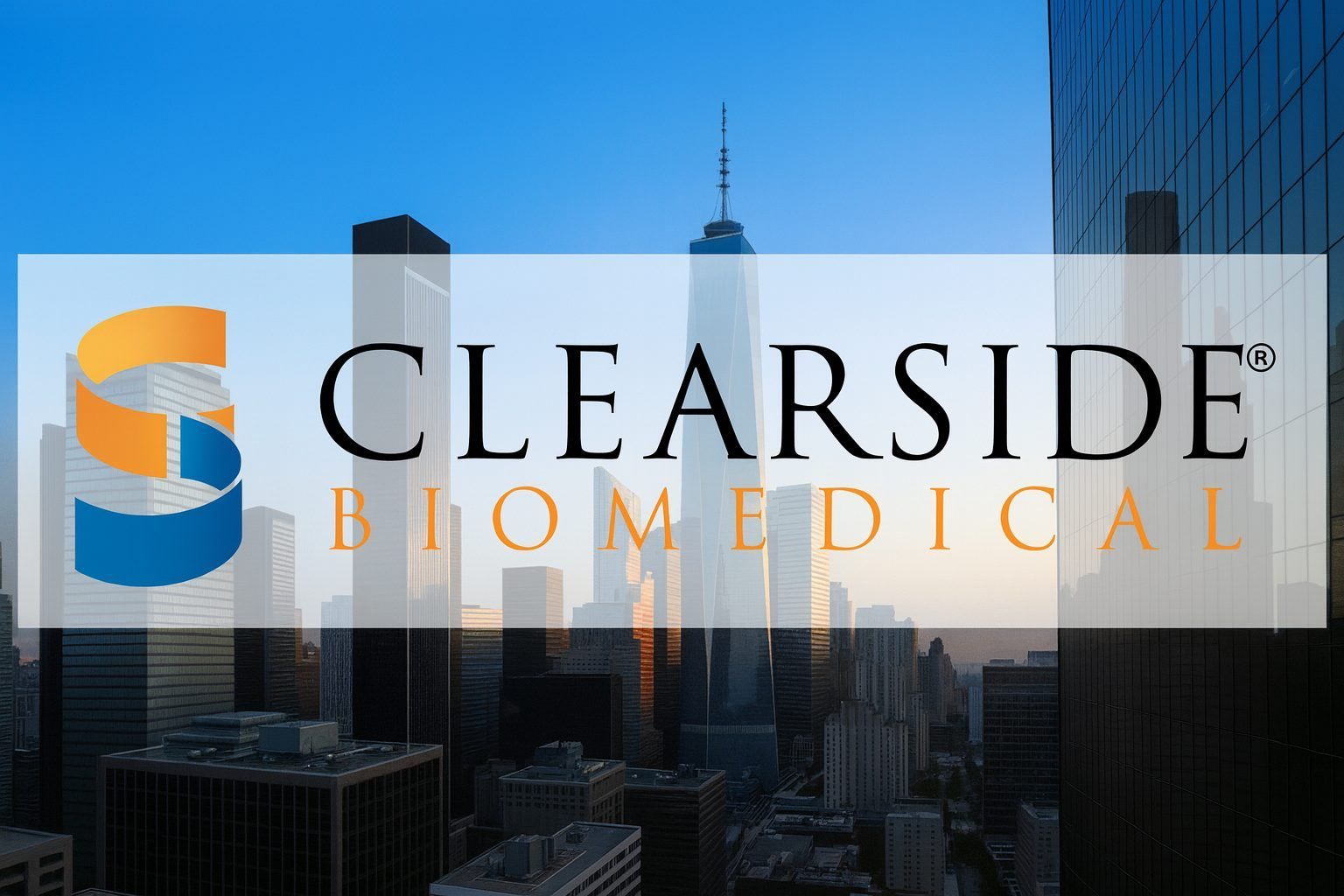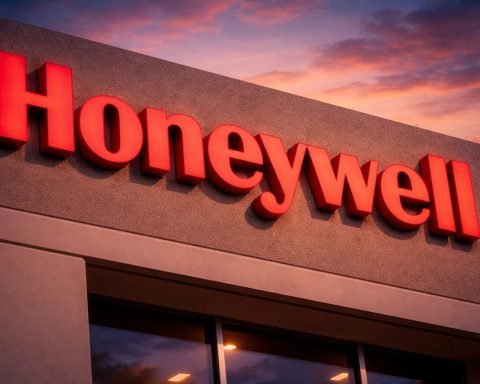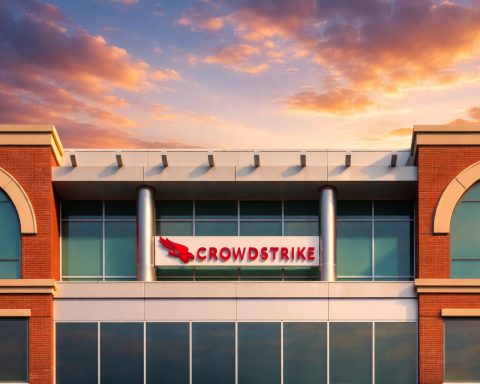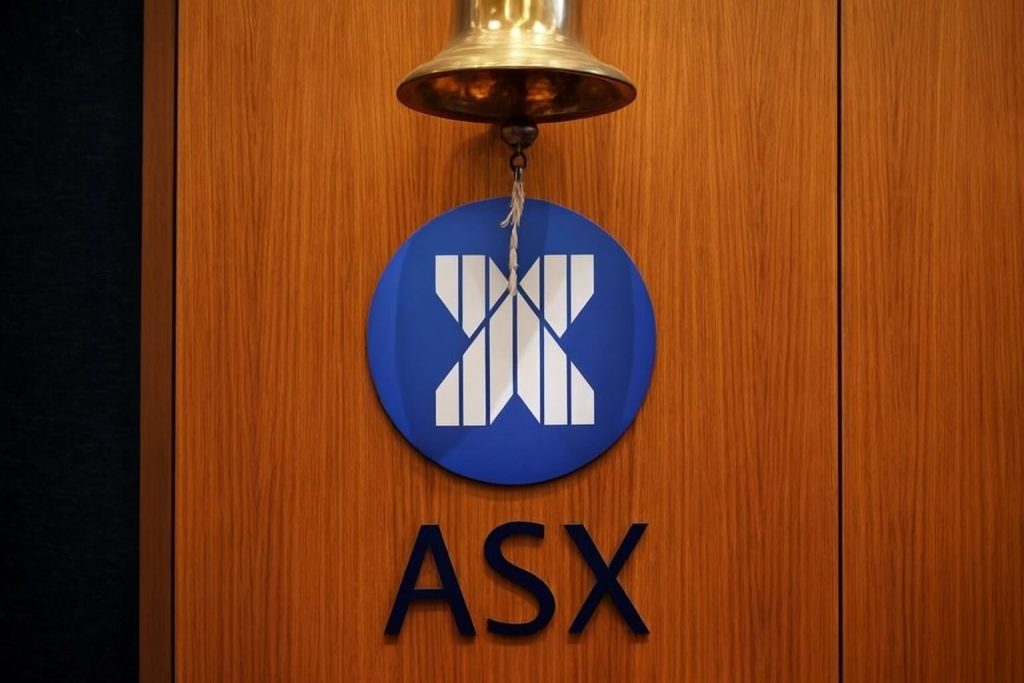Monday, November 24, 2025
Clearside Biomedical’s CLSD stock is in freefall today after the eye‑disease biotech announced a voluntary Chapter 11 bankruptcy filing and plans to pursue a court‑supervised sale of its business and assets.
By late afternoon on Monday, CLSD was trading around $0.88, down roughly 68% on the day, according to intraday pricing data from MarketBeat. [1] Earlier in the session, multiple outlets reported the shares sliding to roughly $0.85–$0.86 following the news, a collapse from Friday’s close at $2.69 and a new 52‑week low. [2]
Key Takeaways for CLSD Stock Today
- Clearside Biomedical (NASDAQ: CLSD) has filed a voluntary petition under Chapter 11 in the U.S. Bankruptcy Court for the District of Delaware and plans a Section 363 auction to sell its assets. [3]
- CLSD stock is down roughly 65–70% today, trading under $1 after closing last week at $2.69; shares are now down more than 90% year‑to‑date by Reuters’ count. [4]
- The company’s Q3 2025 10‑Q flagged “substantial doubt” about its ability to continue as a going concern, with just $6.8 million in cash, sharply lower revenue and an ongoing strategic review. [5]
- Clearside plans to market key assets including its SCS Microinjector® platform, commercial product XIPERE®, and Phase 3‑ready CLS‑AX program for wet AMD, among other pipeline candidates. [6]
- With the company in bankruptcy and a court‑supervised asset sale ahead, existing CLSD shareholders face a high risk of severe or total loss of equity value, as creditors typically get paid first in such processes.
CLSD Stock Price Today: A Collapse Into Penny‑Stock Territory
The market’s reaction to Clearside’s bankruptcy filing has been swift and brutal:
- Intraday price: MarketBeat shows CLSD changing hands near $0.88, down about $1.84 (‑67.65%) as of 3:57 p.m. Eastern. [7]
- Premarket move: Nasdaq and other outlets reported the shares plunging about 67% to ~$0.86 in premarket trading after the announcement. [8]
- Reuters coverage noted the stock sliding roughly 68–69% to about $0.85 as the news circulated. [9]
- Volume spike: TipRanks reported that more than 774,000 shares had changed hands at one point, versus a three‑month average daily volume around 64,000 shares—roughly 12× normal trading activity. [10]
Even before today’s crash, CLSD had become a deeply distressed micro‑cap: Investing.com recently pegged the company’s market capitalization at about $14.2 million, and noted an 83% share price slide over the past year while the stock traded near a 52‑week low of $2.54. [11] After today’s plunge below $1, that market value is even smaller.
Nasdaq data shows that, prior to this morning, CLSD had traded in a 52‑week range of $2.54 to $17.10, reflecting a huge drawdown from its highs even before the bankruptcy. [12] Today’s sub‑$1 quote now sits well below that previous low.
Why Did Clearside File for Chapter 11?
The Chapter 11 filing doesn’t come out of nowhere. Clearside’s Q3 2025 10‑Q, filed on November 14, painted a picture of a company running out of runway:
- Cash and cash equivalents: Only $6.8 million as of September 30, 2025. [13]
- Q3 2025 results:
- License and other revenue of $201,000, down from $1.04 million in the same quarter last year.
- Net loss of $6.0 million for Q3 and $18.7 million for the first nine months of 2025. [14]
- Cash burn: Operating cash usage of about $16.0 million year‑to‑date. [15]
- Going concern warning: Management explicitly said these conditions raised substantial doubt about the company’s ability to continue as a going concern without new funding or a strategic transaction. [16]
The earnings miss highlighted the strain. MarketBeat data shows CLSD reported Q3 EPS of –$1.14, substantially worse than the –$0.67 consensus estimate, though revenue of $0.20 million did come in ahead of expectations of $0.09 million. [17]
To conserve cash and search for options, Clearside:
- Terminated all employees in July, shifting them to consulting roles and recording about $2.3 million in severance, while pausing internal R&D. [18]
- Completed a 1‑for‑15 reverse stock split in September 2025 to regain compliance with Nasdaq’s minimum bid rules, leaving about 5.23 million shares outstanding as of mid‑November. [19]
- Tapped an at‑the‑market equity program for around $1.4 million of fresh capital during 2025 and modified an existing royalty financing deal with HealthCare Royalty Management in exchange for a $2.9 million payment and a reduced royalty cap of $106.5 million. [20]
Despite those moves, the combination of high cash burn, shrinking revenues, and limited capital options left the company boxed in. In its Q3 filing and subsequent commentary, management indicated it was exploring strategic alternatives—including potential asset sales or partnerships—to advance its suprachoroidal delivery platform. [21]
Today’s Chapter 11 filing is effectively the conclusion of that review.
What Clearside’s Chapter 11 Filing Actually Says
In a press release distributed via GlobeNewswire, Clearside said it has filed a voluntary Chapter 11 petition in the District of Delaware (Case No. 25‑12109) and plans to seek court approval for an auction and sale process under Section 363 of the U.S. Bankruptcy Code. [22]
Key points from the company’s announcement:
- Goal of the process: Management describes the Chapter 11 and auction as a “structured process” intended to maximize stakeholder value, rather than an immediate shutdown. [23]
- Section 363 auction: Clearside will ask the court to approve bidding procedures that require prospective buyers to submit binding offers to purchase some or all of its assets, which would be sold “free and clear” of existing liens and interests. [24]
- Continuing operations: The company says it has filed motions to allow normal operations to continue under court supervision during the bankruptcy case. [25]
- Advisers: Cooley LLP and Richards, Layton & Finger are serving as legal counsel, with Berkeley Research Group (BRG) as financial restructuring adviser. [26]
A Reuters report adds an important detail about the balance sheet: in the bankruptcy filing, Clearside estimates its assets at just $1–10 million and its liabilities between $50 million and $100 million. [27] That imbalance is a red flag for equity holders; if liabilities significantly exceed realizable asset value, creditors, not shareholders, are positioned to recover first.
What Assets Are on the Block?
Despite its financial distress, Clearside still controls a set of specialized ophthalmology assets that could appeal to strategic buyers:
- SCS Microinjector® platform
Clearside’s proprietary suprachoroidal injection platform is designed to deliver drugs into the suprachoroidal space at the back of the eye, potentially improving drug targeting and limiting side effects elsewhere in the eye. It already underpins the commercial product XIPERE and several partnered programs. [28] - XIPERE® (triamcinolone acetonide injectable suspension)
XIPERE, a corticosteroid formulation for the treatment of uveitic macular edema, is FDA‑approved and commercially available in the United States, with Bausch + Lomb holding key commercialization rights in North America. [29] - CLS‑AX (axitinib injectable suspension)
CLS‑AX is Clearside’s lead internal pipeline asset, a formulation of axitinib delivered via the SCS platform for wet age‑related macular degeneration (AMD) and potentially diabetic retinopathy. Clearside says the program is Phase 3‑ready for wet AMD, with an agreed path forward from the FDA and a designed Phase 2b/3 trial in diabetic retinopathy. [30] - Preclinical programs in GA and DME
The company also highlights IND‑ready programs targeting geographic atrophy and diabetic macular edema, including a combination steroid/TKI approach for DME. [31] - Royalty interests
Through a royalty vehicle called Clearside Royalty LLC, the company has structured a deal with HealthCare Royalty funds. Assets for sale include equity in the royalty entity and the right to royalty income after the cap on purchased royalties (set at $106.5 million) is reached. [32]
In short, Chapter 11 does not mean the science disappears—but ownership of these assets is likely to migrate to creditors or new buyers via the auction process.
How Did Institutional Investors React Before the Filing?
Data compiled by QuiverQuant suggests several prominent institutional investors had already exited CLSD ahead of the bankruptcy announcement. In Q3 2025, firms such as Assenagon Asset Management, Geode Capital Management, BlackRock, and Renaissance Technologies each reported selling their CLSD stakes, in many cases cutting holdings to zero. [33]
That exodus, combined with the company’s going‑concern warning and reverse split, underscored that professional money managers were treating Clearside as a highly distressed situation long before today’s Chapter 11 news.
What Does All of This Mean for CLSD Shareholders?
For existing CLSD shareholders, the implications are stark:
- Equity sits at the bottom of the waterfall
In a Chapter 11 case where liabilities outweigh assets, proceeds from any asset sales typically flow first to secured creditors, then unsecured creditors, and only then to shareholders—if anything is left. With Clearside estimating up to $10 million in assets against as much as $100 million in liabilities, shareholder recovery appears highly uncertain and likely minimal. [34] - Section 363 sale can wipe out current equity
A Section 363 auction often culminates in a sale where a buyer acquires assets “free and clear” of prior claims. In many restructurings, creditors receive cash or new securities, while old common stock is canceled or massively diluted. StockTitan’s summary of restructuring dynamics around CLSD bluntly notes that such processes tend to favor creditors over equity holders. [35] - Delisting risk is high
With the stock now well below Nasdaq’s $1 minimum bid price and the company in bankruptcy, the chances of delisting from the Nasdaq Capital Market are elevated. In similar cases, shares often migrate to the over‑the‑counter (OTC) market under a new ticker, becoming even more speculative and less liquid. - Volatility and speculation
Bankruptcy stocks sometimes become short‑term trading vehicles, bouncing sharply on headlines or retail interest despite weak fundamentals. TipRanks notes that retail sentiment on Stocktwits turned unusually active and “bullish” around today’s news, even as the stock crashed. [36] For most long‑term investors, however, such moves amount to high‑risk speculation rather than investment.
Nothing in the current public disclosures suggests a straightforward path where existing CLSD equity emerges with substantial value after the restructuring. Investors generally treat bankrupt equities as “assume zero until proven otherwise” and focus instead on the legal and financial outcomes for creditors.
What to Watch Next With CLSD
For those following the story from the sidelines or evaluating the broader biotech space, the key milestones now shift from clinical data to court process:
- Court approval of “first‑day” motions – including the ability to pay employees, maintain operations, and possibly access any debtor‑in‑possession (DIP) financing, if pursued. [37]
- Bidding procedures order – which will set deadlines for stalking‑horse bids, final offers, and an eventual Section 363 auction. [38]
- Identification of bidders – any disclosure of strategic buyers (for example, larger ophthalmology or biotech firms) or financial sponsors interested in Clearside’s platform and assets.
- Sale hearing and approval – where the court decides whether proposed sale terms are acceptable.
- Plan of reorganization or liquidation – a final plan will detail how sale proceeds are distributed among creditors and whether equity gets anything at all.
For biotech investors more broadly, CLSD’s situation is another reminder that scientific promise cannot fully offset capital‑structure risk. Even with a validated delivery platform and a Phase 3‑ready asset, Clearside ultimately ran out of funding options.
Bottom Line on CLSD Stock Today
On November 24, 2025, CLSD stock has effectively been repriced as a bankruptcy equity. The company’s voluntary Chapter 11 filing and planned Section 363 asset auction have triggered a one‑day collapse of more than 60%, on top of already steep year‑to‑date losses. [39]
Clearside still controls differentiated ophthalmology assets—its SCS Microinjector platform, XIPERE, CLS‑AX, and preclinical programs—that may attract bidders. But those assets are now on the auction block, and creditors, not current shareholders, are first in line for whatever value remains.
For most investors, CLSD now belongs firmly in the category of high‑risk, event‑driven speculation, where outcomes will be determined less by trial data and more by bankruptcy court filings, auction results, and negotiations among creditors. Anyone considering trading the stock at this stage should be prepared for extreme volatility and the real possibility of a complete loss of capital.
This article is for informational and news purposes only and does not constitute investment, legal, or tax advice. Always conduct your own research and consider speaking with a licensed financial professional before making investment decisions.
References
1. www.marketbeat.com, 2. www.tradingview.com, 3. www.stocktitan.net, 4. www.tradingview.com, 5. www.stocktitan.net, 6. www.stocktitan.net, 7. www.marketbeat.com, 8. www.nasdaq.com, 9. www.tradingview.com, 10. www.tipranks.com, 11. www.investing.com, 12. www.nasdaq.com, 13. www.stocktitan.net, 14. www.stocktitan.net, 15. www.stocktitan.net, 16. www.stocktitan.net, 17. www.marketbeat.com, 18. www.stocktitan.net, 19. www.stocktitan.net, 20. www.stocktitan.net, 21. www.stocktitan.net, 22. www.stocktitan.net, 23. www.quiverquant.com, 24. www.stocktitan.net, 25. www.stocktitan.net, 26. www.stocktitan.net, 27. www.tradingview.com, 28. www.stocktitan.net, 29. www.quiverquant.com, 30. www.quiverquant.com, 31. www.stocktitan.net, 32. www.stocktitan.net, 33. www.quiverquant.com, 34. www.tradingview.com, 35. www.stocktitan.net, 36. www.tipranks.com, 37. www.quiverquant.com, 38. www.stocktitan.net, 39. www.marketbeat.com







